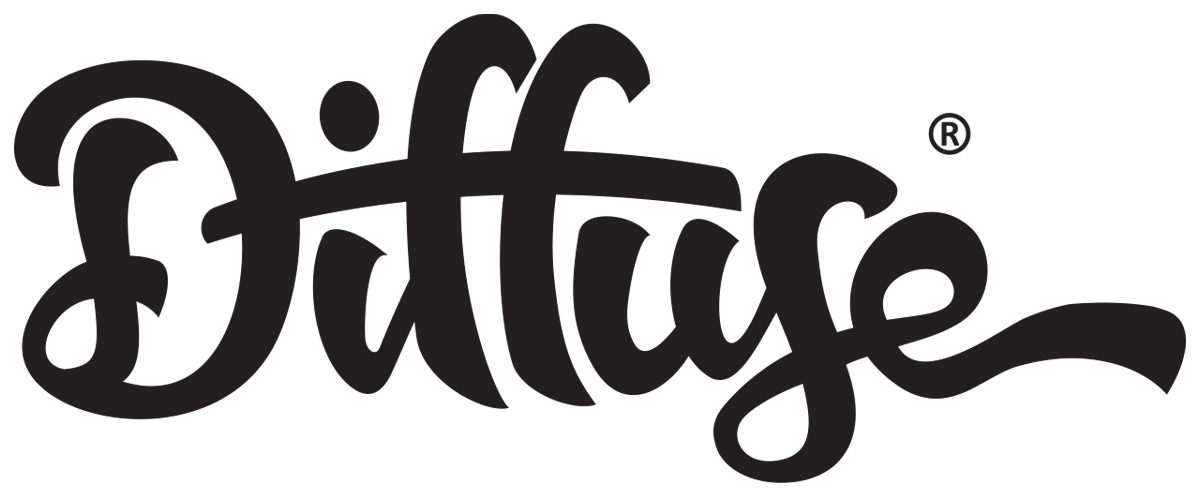If you’re considering custom T-shirts for your team, event, or business, one of the first questions that comes to mind is: How much is this going to cost? The price of screen printing T-shirts can vary widely depending on several factors. Let’s break down the main costs involved so you can better plan your budget.
1. Setup Costs: The Initial Investment
Screens and Equipment:
One of the biggest upfront costs in screen printing is creating the screens for your design. Each color in your design requires its own screen, which can cost anywhere from $20 to $50 per screen depending on your print shop. If you’re printing a simple one-color design, this cost is lower; complex multi-color designs will have higher setup costs.
Artwork Preparation:
Sometimes, you’ll need to pay for digital artwork or any adjustments needed to prepare your design for printing. If you hire a graphic designer, costs will vary based on complexity. Often designs that have been developed in programmes such as canva need to be 'vectored' so accurate 'not blurry' files can be made.
Note: Alot of these costs are 'one off costs', that won't have to paid again, or at a reduced rate. Contrary to belief most screen printers reuse screens over and over again, so although they should keep your artwork on file, they don't keep up your screens. This is why there is often a reset fee, for resetting the job up.
2. Cost Per Shirt: The Variable Expense
Ink and Materials:
The amount of ink needed per shirt is minimal, making the ink cost pretty low. This is also why the cost of printing a small print or large print is often not much different.
Set Up and Quantity Discounts:
The time it takes to set up each job is the most time-consuming part (printing film, exposing screens, setting up the printing machine) and for small runs a major consideration. This is why you will often hear, "the more you print, the cheaper it gets." Larger orders are more efficient when it comes to screen printing as the cost of set up becomes a smaller percentage of the overall cost. It costs the same to set up a print run for 10 shirts as it does for 100 or 10,000 shirts.
Number of Colours:
With screen printing, each colour as a general rule needs another screen, which means more set up costs, more ink costs and more labour costs. This is why printing a one colour job will be cheaper to print than a five colour job.
Number of Placements of Design:
Every print adds costs, so if you have only one pocket print on the LH Chest, this is going to cost less that if you have prints on the chest, back and down both sleeves.
Fabric and Shirt Cost:
The price of blank T-shirts varies depending on quality, brand, and fabric type. The quality of the tee also affects the quality of the print, which is why most print shops want to supply their own garments as they can therefore control the overall quality of the job. Contrary to popular belief for 99% of our customers it works out a lot cheaper if they buy their garments through us, as we have a lot better buying power. What this means is we can often supply and print a garment, for close to the same price as our customers can buy them retail. Bigger garments too often cost more. A 5XL typically costs more than a kids size 2 tee.
3. Additional Costs
- Special Effects: Techniques like foil, puff, or discharge printing add to costs.
- Design Complexity: Large, intricate designs may require more setup time and higher costs.
4. Typical Price Range
So, what’s the typical price for screen-printed tees?
- Small orders (10-49 shirts): Expect to pay roughly $25–$50 per shirt depending on complexity and shirt quality. We have had some shirts that have cost well over $50 because of the number of different placements of prints and number of colours for each print.
- Medium orders (50-100 shirts): Prices often range from $20-$40 per shirt with discounts on larger quantities.
- Large orders (100+ shirts): Can drop under $20 per shirt for high-volume, simple designs, but more often low $20's.
Keep in mind: these prices are estimates and can vary based on your location, the printer’s rates, and your specific requirements (all pricing based on current costs at Sept 2025 in New Zealand).
5. Tips to Reduce Costs
- Limit colors and placements in your design to reduce screen and setup costs.
- Order in bulk to take advantage of volume discounts.
- Keep it simple — complex images increase both setup and production costs.
- Plan ahead and communicate your needs clearly to get accurate quotes.
Final Thoughts
Screen printing can be a cost-effective way to produce large quantities of custom T-shirts, especially if you keep your design simple and order in bulk. While there’s an initial setup cost, it spreads out nicely over many shirts, making it ideal for sports teams, company uniforms, event merchandise or kapa haka festivals. For smaller runs with multiple colours DTF printing is often a better option.
